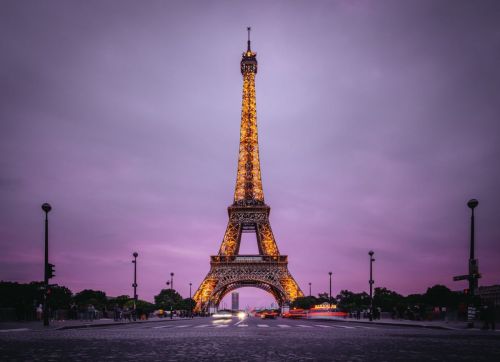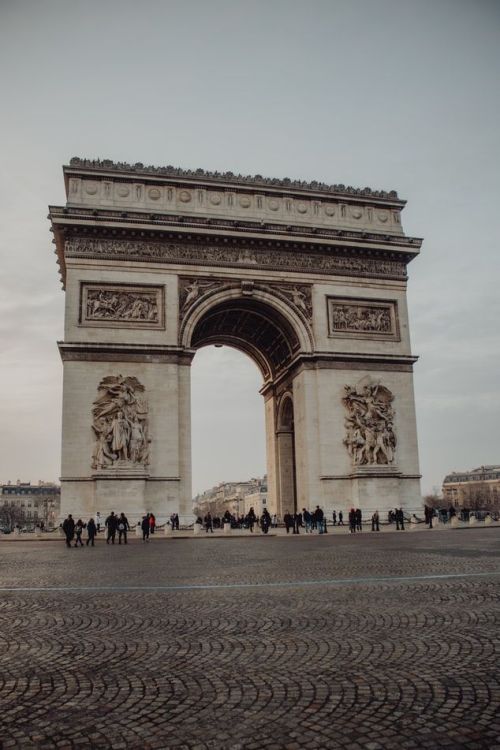20 facts about Eiffel tower
Although according to the assumptions the Eiffel Tower was to be dismantled after 20 years from its construction, fortunately nobody decided to take t ...
The beautiful Gothic cathedral, dating back to the 13th century, is best known for its unique façade and grandiose rosettes, causing sun rays to create an unforgettable and unique atmosphere. The cathedral is one of the most visited tourist attractions in the world, with 14 million visitors annually. However, since the day of the tragic fire, it has remained closed until further notice. According to the announcement, it may not open until 2024 at the earliest.












